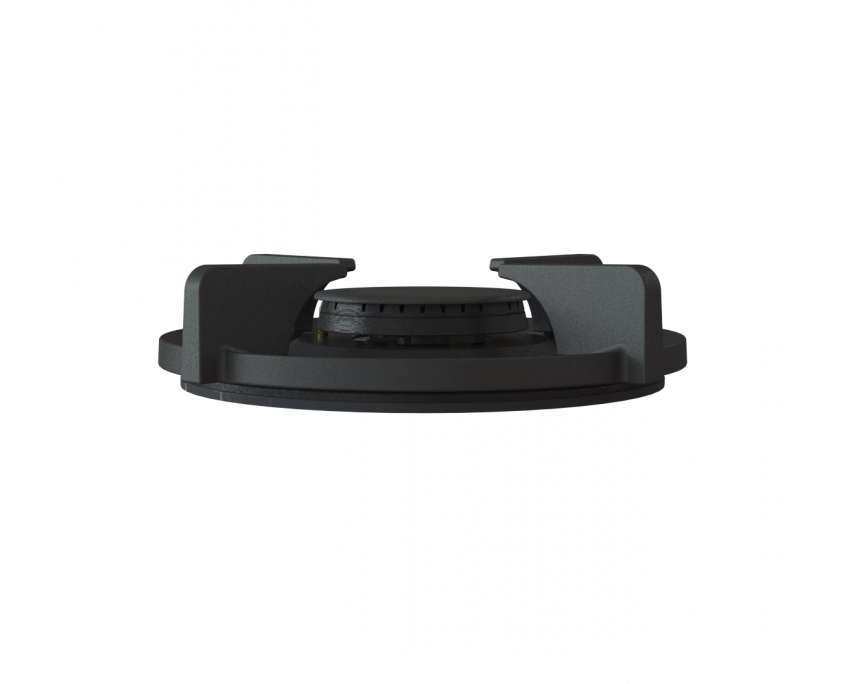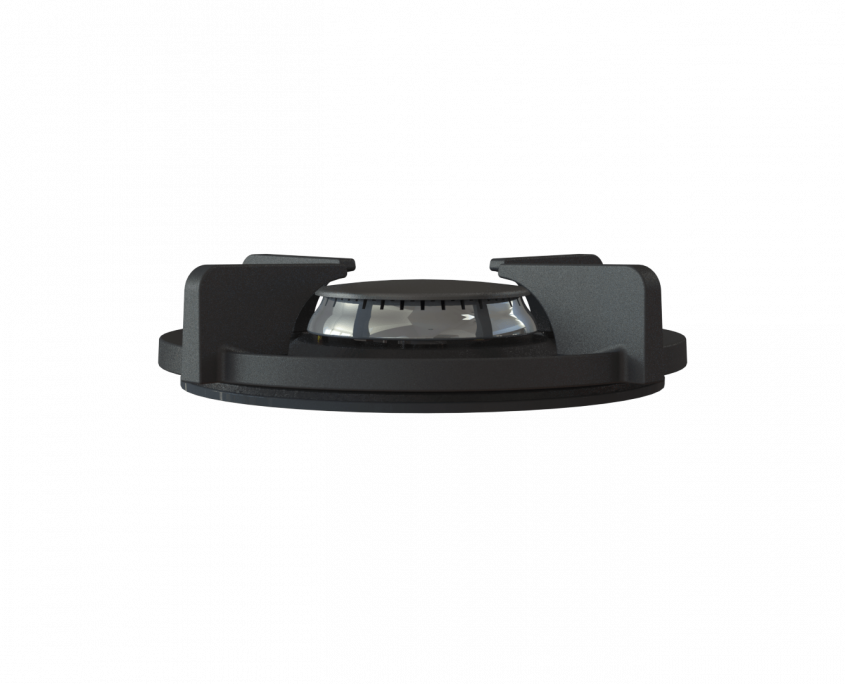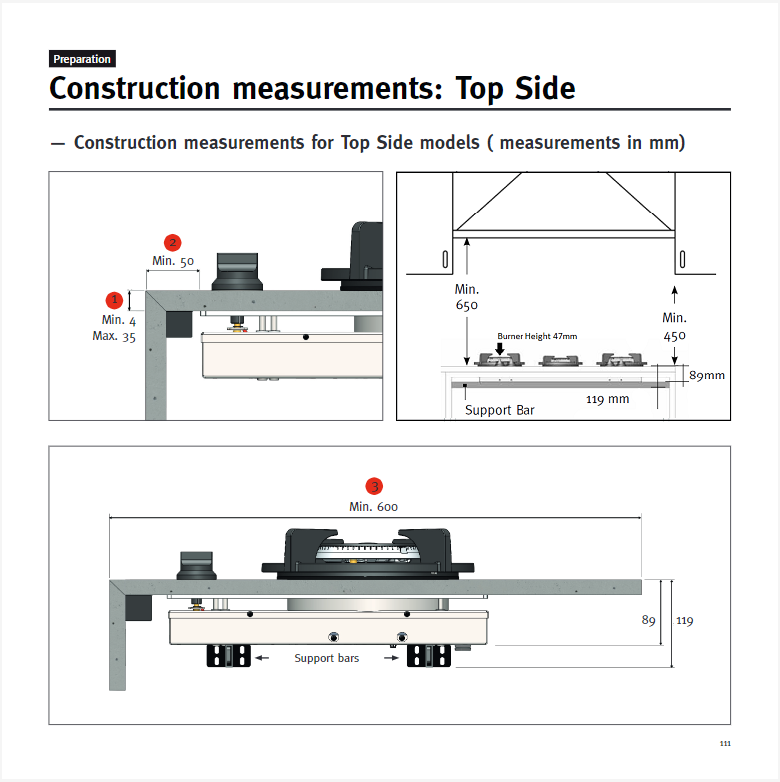Start Here
Introduction to Pitt
Welcome to Pitt! If you’re new to this concept, this guide is the perfect starting point. We’ll take you through some of the high-level concepts and components to give you a solid understanding.
Integrated Gas Burner System
PITT cooking represents a cutting-edge integration of gas burners directly within countertop installations. The architecture ensures a generous spatial distribution between burners, optimizing workspace for utensils and providing enhanced ergonomics for the user.
Key Technical Features:
- Burner Configuration: The system’s modular design offers multiple configurations, enabling a customized installation pattern based on culinary needs.
- Material Compatibility: Engineered for seamless integration with a wide spectrum of countertop materials.
- Cast Iron Grates: Constructed with industrial-grade cast iron for longevity and robust performance.
- Safety Assurance: Adheres to rigorous safety standards and certifications.
- Origin: Handcrafted with precision in the Netherlands.
1. Component Breakdown
Pitt cooking systems are meticulously designed to offer a seamless and efficient cooking experience. Each component plays a vital role. Let’s delve into the specifics:
Above the Benchtop
These parts are visible when you’re using the Pitt and directly interact with them:
Pan Support/Trivet: This holds your cooking pans or pots in place, ensuring stability while you cook.
Knobs/Scales: Used to regulate the intensity of the flame, offering precise control over your cooking temperature.
Flame Distributor: Available in brass, black brass, and aluminium, this component ensures even flame distribution for consistent cooking.
Heat Shield: Designed to protect surrounding areas from the heat emitted by the burner, ensuring a safe cooking environment.
Food Grade Silicone Ring: Specially crafted for spill control and heat mitigation, this ring adds an extra layer of safety and cleanliness to your cooking process.
Together, these components ensure that every time you use the Pitt, you get a safe, efficient, and enjoyable cooking experience.
Under the Benchtop
Hidden beneath the surface, these components form the backbone of the Pitt cooking system:
- Substructure/Chassis: This is the main framework that holds the entire assembly together. It’s designed for durability and long-lasting performance.
- Heat Conductor: Responsible for directing the flame upwards and ensuring uniform heating. It plays a crucial role in providing efficient heat transfer to your pans or pots.
With this breakdown, you can appreciate the thought and engineering that goes into every Pitt cooking system, ensuring you get the best cooking experience every time.
2. Burner Specifications
Driven by engineering excellence, our array of burners is designed to cater to a myriad of cooking techniques. The design accentuates an elevated air intake mechanism, streamlining an efficient and potent flame trajectory.
Small Burner:
- Capacity Range: 1.1 MJ to 7.2 MJ
- Dimensions: ø230 mm
- Features: Automatic ignition, Integrated flame protection
Medium Burner:
- Capacity Range: 1.1 MJ to 10.8 MJ
- Dimensions: ø230 mm
- Features: Automatic ignition, Integrated flame protection
Wok/Simmer Burner:
- Capacity Range: 0.7 MJ to 18 MJ
- Dimensions: ø270 mm
- Features: Automatic ignition, Integrated flame protection
Burner Editions
Professional Edition:
Crafted with weighty brass, this edition encapsulates luxury and functionality for culinary aficionados.


Black Edition:
An amalgamation of brass infused with a sleek black finish, offering both elegance and performance.


Original Edition (Commercial Exclusive):
Constructed using lightweight aluminum, this burner exudes a timeless aesthetic appeal.


3. Important Measurements
Before diving deeper, it’s crucial to understand some fundamental measurements:
4. Installation Procedure: An Innovative Methodology
The Pitt cooking system adopts a pioneering installation technique, distinguishing it from traditional methods. Detailed below is an elucidative overview of our signature approach and the inherent advantages it bestows.
Under-the-Bench Installation:
Preliminary Overview: Before initiating the installation, ensure the under-bench area is accessible, devoid of obstructions, and prepped for the procedure.
Positioning: Instead of the customary drop-in from the top, the Pitt system is maneuvered from underneath the bench. This atypical methodology is delineated in the accompanying GIF.
Design Considerations: Given the under-the-bench installation, it’s paramount that the design allocates adequate space for all Pitt components. This ensures an unhampered access during installation and maintenance.
Advantages:
- Aesthetic Superiority: The absence of top-drop ensures a seamless integration with the countertop, enhancing the visual appeal.
- Ease of Installation: By working from underneath, the installation is streamlined, reducing potential surface damage.
- Maintenance Accessibility: Post-installation maintenance becomes more manageable due to the unhindered access to components from below.
5. Where to Go From Here
Now that you have a foundational understanding:
- Deep Dive: Read our in-depth guides for a comprehensive understanding of each component and type.
- Installation Guides: Ready to set up? Our detailed installation guides are here to help.
- Contact Us: Have questions? Reach out to our support team for expert advice and answers.
Thank you for choosing Pitt. We’re excited to have you on this culinary journey with us!


